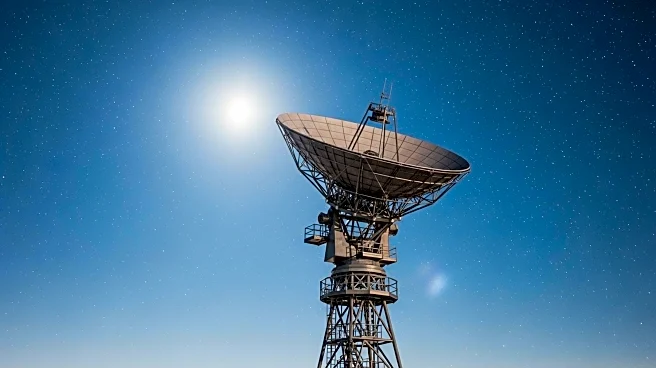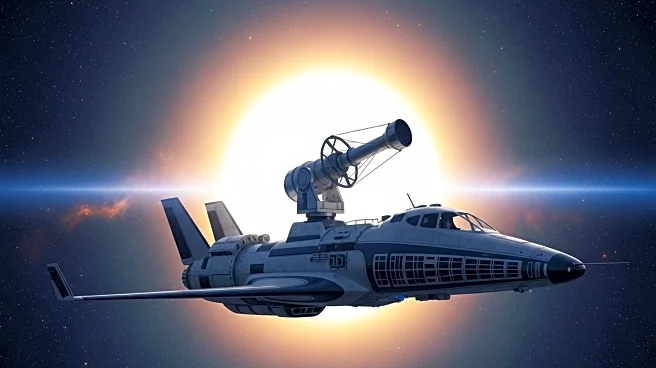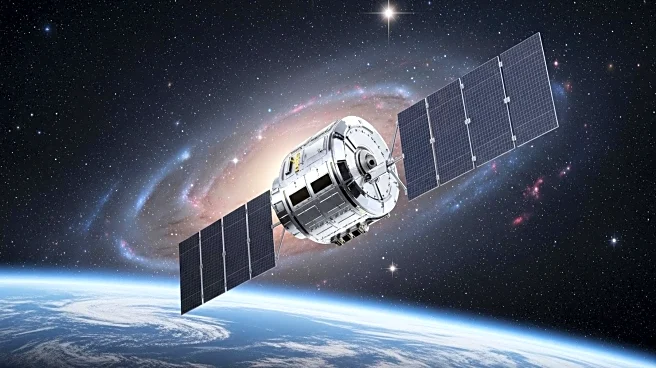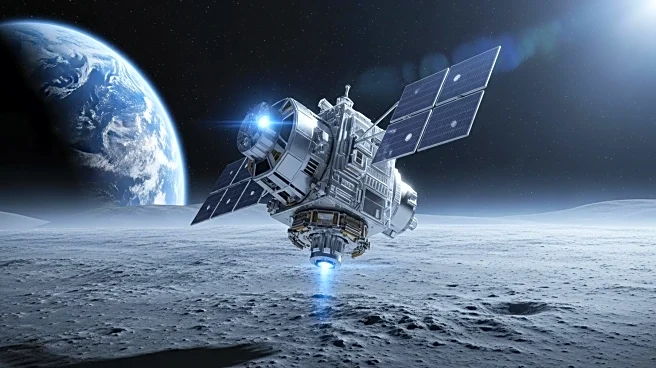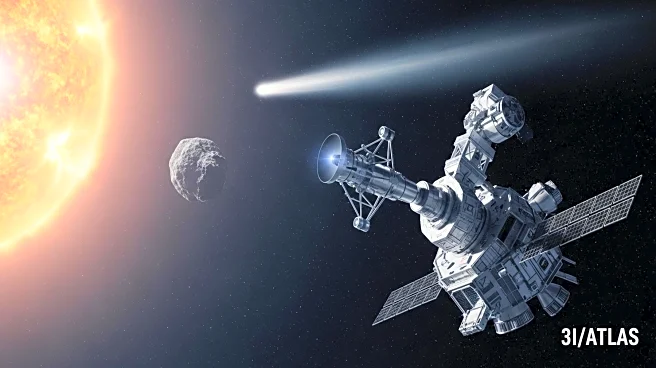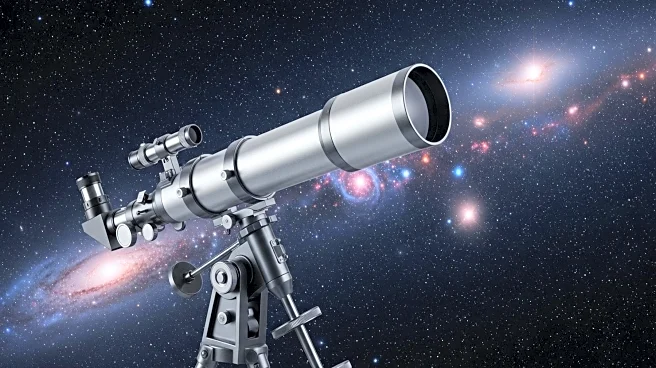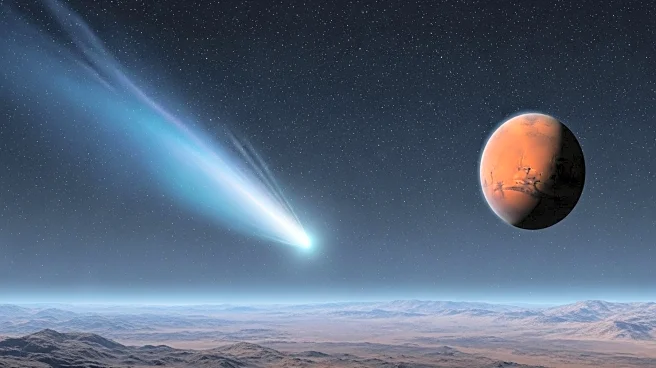What's Happening?
The European Space Agency (ESA) has inaugurated its fourth deep space antenna, NNO-3, at the New Norcia ground station near Perth, Australia. This new-generation 35-meter antenna is part of ESA's ESTRACK global network and will enhance communication capabilities in X, K, and Ka frequency bands. The antenna will support tracking and data collection from ESA spacecraft, including missions like the ExoMars Trace Gas Orbiter and Euclid, which studies dark matter and energy. The antenna successfully received its first signal from the Euclid spacecraft, marking a significant milestone for the E-DSA² consortium responsible for its development.
Why It's Important?
The unveiling of the NNO-3 antenna is crucial for advancing ESA's deep space communication infrastructure. It enables the agency to receive faint signals from distant spacecraft, facilitating scientific data reception and command transmission. This development supports ongoing and future missions, enhancing ESA's ability to explore the solar system and study cosmic phenomena. The improved communication capabilities are vital for the success of missions like Plato, which aims to detect and observe exoplanets, contributing to our understanding of the universe.
What's Next?
The NNO-3 antenna will continue to support ESA's current and upcoming missions, including the launch of Plato next year. The E-DSA² consortium, comprising Thales Alenia Space, Schwartz Hautmont, and mtex antenna technology, aims to leverage this success for future opportunities in the institutional market. The consortium's expertise in antenna systems engineering and mechanical design will be instrumental in developing more advanced communication solutions for space exploration.
Beyond the Headlines
The development of the NNO-3 antenna highlights the collaborative efforts of international partners in advancing space technology. It underscores the importance of global cooperation in achieving scientific breakthroughs and exploring the cosmos. The project also demonstrates the role of private industry in supporting governmental space initiatives, showcasing the synergy between technological innovation and scientific exploration.


